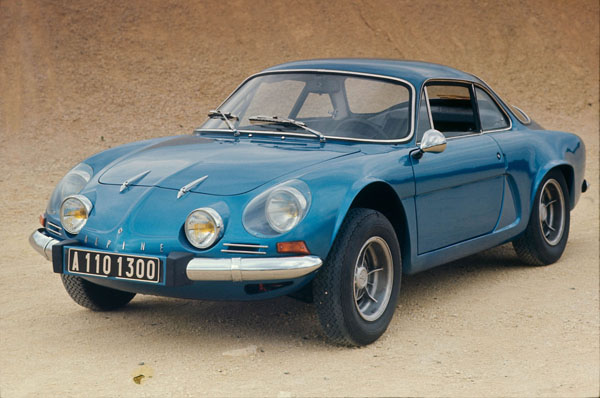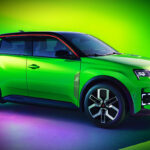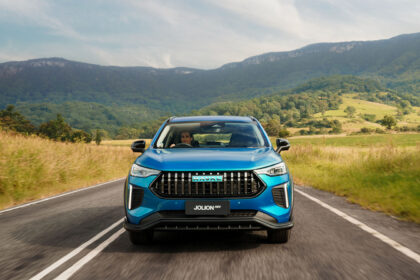Renault has had a long association with the specialised Alpine workshops at Dieppe, France. Back in the mid-1950s former racing driver Jean Redele used Renault 750 parts to build a rallying coupe which was named Alpine. From that time the name became strongly associated with Renault’s racing and rallying efforts. By 1970 Alpine became officially responsible for Renault’s entire competition program. Probably their greatest achievement was the team’s very strong win in the 1978 Le Mans 24-hour race.
Although Renault used the Alpine name on several of its road cars prior to the mid-1980s, the Alpine marque was far better known for racing than for its road cars. However, after the introduction of the V6-engined Alpine early in 1984, Renault became serious about selling a sportscar worldwide. By mid-1986, the car was available in both left- and right-hand drive and offered in many world markets. Top of the range was the very rapid V6 Turbo. It quickly became a strong rival for another rear-engined sportscar, the Porsche 911. The Renault engine was positioned behind the rear axle-line and with its fibreglass-reinforced monocoque body shell it proved to be a reasonably comfortable 2+2 seater. It even had a moderate amount of luggage space for two people and very good standards of interior trim and equipment. Its body shape ensured that it was one of the most aerodynamic of all production cars of that time.
It was powered by a 2.5-litre V6 engine with a single overhead camshaft on each cylinder bank and a Garrett turbocharger which developed 150 kW with a big spread of torque. Coupled to a five-speed gearbox with well-chosen ratios, it gave the GTA quite exceptional performance; a top speed of 240km/h and 0-60km/h acceleration times of less than 6.5 seconds.
Its handling was described as taut and predictable. The suspension was fairly stiff, which was unusual for a French car, and comprised coil springs and double wishbones all round. The precise rack-and-pinion steering did not need power assistance thanks to the fairly light front end weight. Speaking of the front end, some owners complained that the front luggage compartment had to be opened to gain access to the fuel filler cap and especially on trips it was sometimes hidden amongst the luggage.
The turbo model had quite wide tyres which gave it excellent cornering grip but it was somewhat lacking in straight line stability at very high speeds in windy conditions. This, coupled with a definite turbo lag, meant that even though it was always safe to drive, good concentration was necessary when negotiating twisty damp roads. Some test drivers commented that the weight of the engine behind the rear axle was always noticeable around the car’s very high limits in much the same way as a Porsche 911.
The Alpine introduced Renault into the exotic sportscar market with its spectacular looks and was even more exciting to drive.











